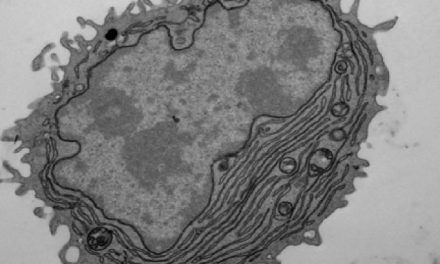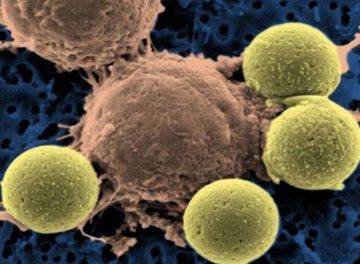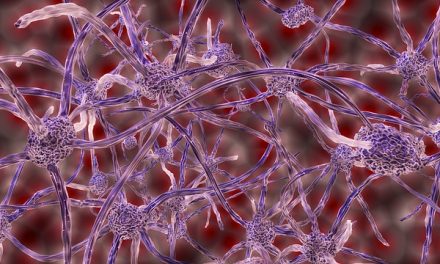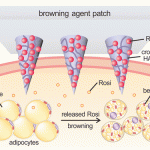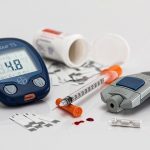
CREDIT: Someya Laboratory
In the past, the size of medical sensors and front-end electronics made it too difficult to use wearable technology to gather key health data over long time periods. Now, with recent advances in microelectronics, front-end amplification, sensor manufacturing and wireless data transmission, wearable medical-grade sensors can now be fitted into digital health systems to monitor a range of vital health signs. With the reduction in size, new high tech wearable’s utilizing lightweight ultra-thin films and thin rubber sheet, have been manufactured to apply right onto the skin to allow continuous physiological monitoring. While these wearable medical-grade sensors adhere and adapt well to the contours of human skin, dermatological testing shows they lack breathability, which is viewed as unsafe for long-term use.
Utilizing state of the art nanotechnology, Professor Takao Someya at the University of Tokyo’s Graduate School of Engineering and his research team have developed a new sensor that sticks nicely to human skin and conforms seamlessly to even curved surfaces. The key advancement by the team published in Nature Nanotechnology, is that the materials of the device they developed (a gold layer, with nanoscale meshes containing a water-soluble polymer, polyvinyl alcohol (PVA)) are considered safe and biologically compatible with the body. In the photo above left, we see an application of the wearable medical device worn on a finger where: electric current from a flexible battery placed just above the middle knuckle flows through the electrode and powers the LED just above the fingernail.
They put the wearability of their sensor device to the test in 4 different experiments to prove superiority of their nano-sensor:
- They ran controlled skin patch tests, and found there were no signs of inflammation after wearing their device for a week.
- They tested the materials breathability compared to materials typically used in state of the art wearable devices and found their porous mesh structure exhibited improved gas permeability.
- They successfully proved the device’s durability by repeatedly bending and stretching it over 10,000 times.
- They proved the devices superior reliability as an electrode conductor in comparison to those obtained through conventional gel electrodes, by using readings of the electrical activity of muscles via an electromyogram machine.
Nursing home facilities and hospitals might be the first to adopt these devices to monitor patients’ vital signs without causing any additional stress or discomfort. Lead researcher Dr. Someya sees a future where the new device promises to enable continuous, precise monitoring of athletes, astronauts or anyone in high physical or emotional stress roles, without impeding their training or performance.


